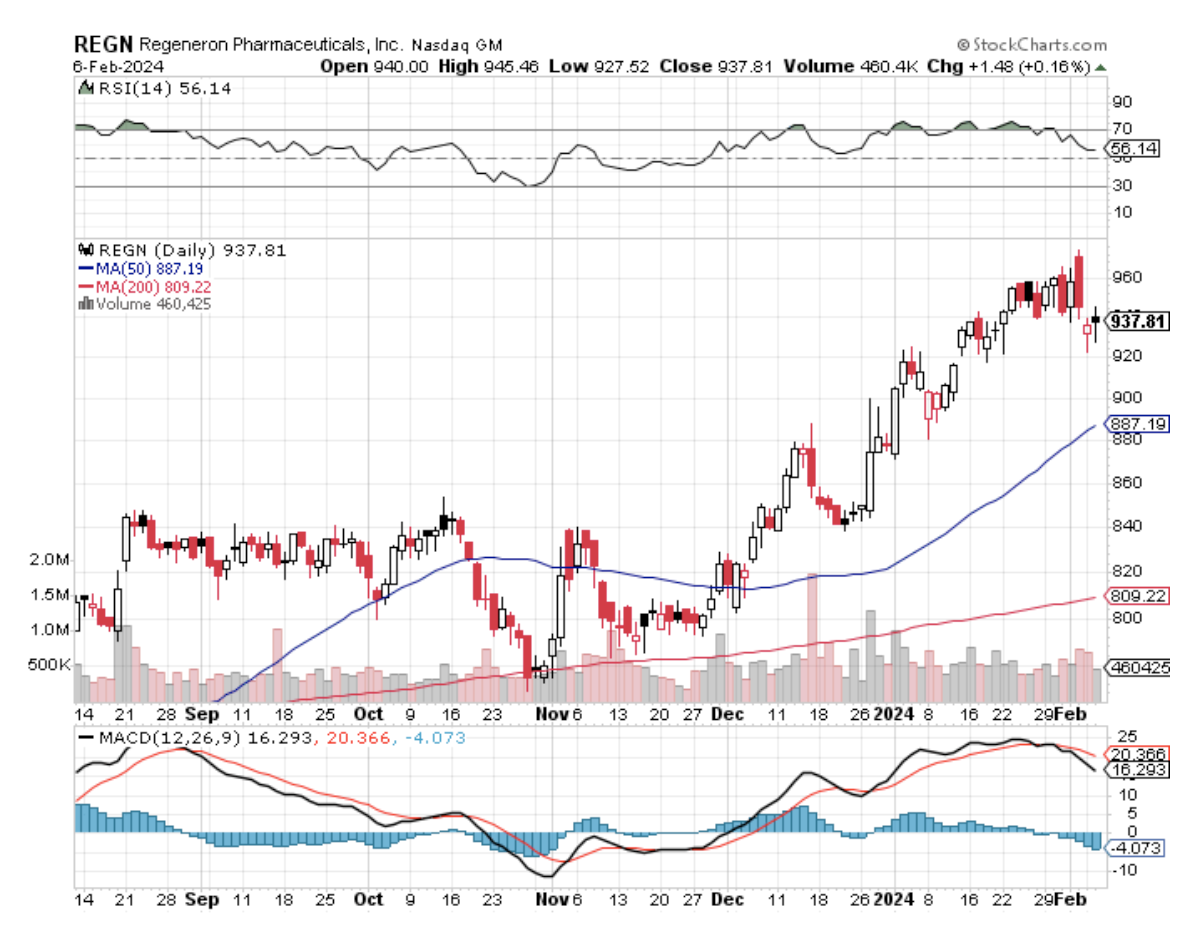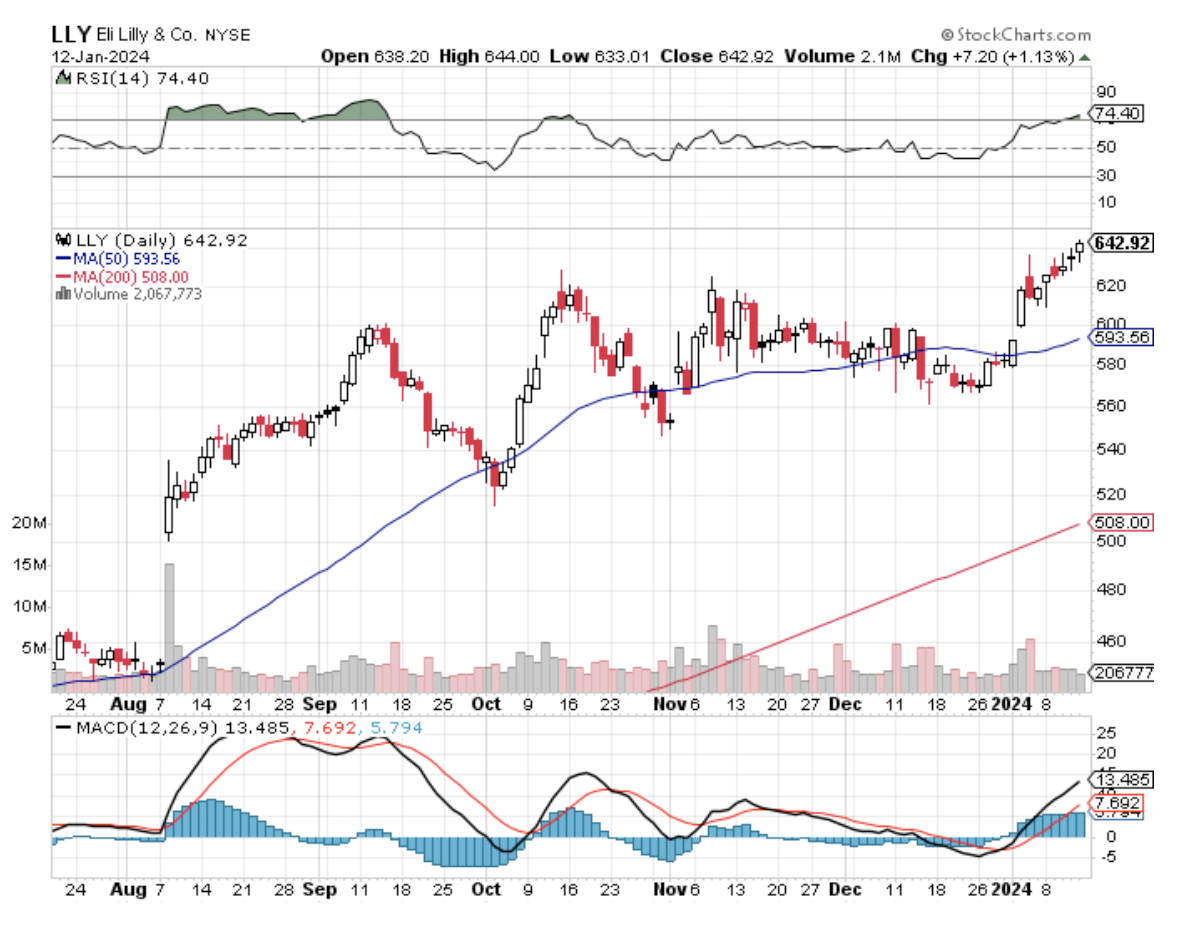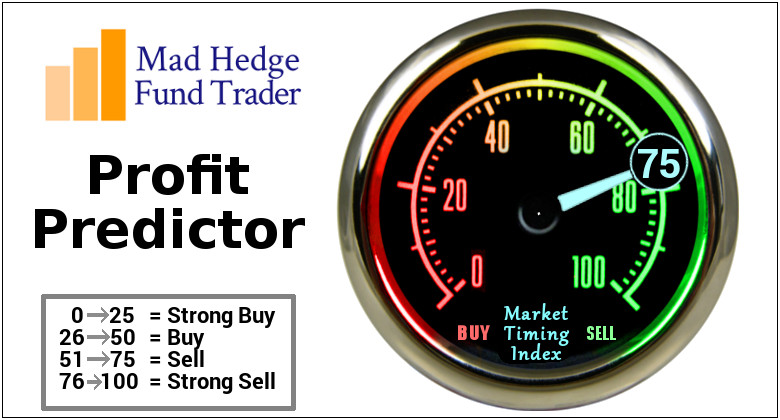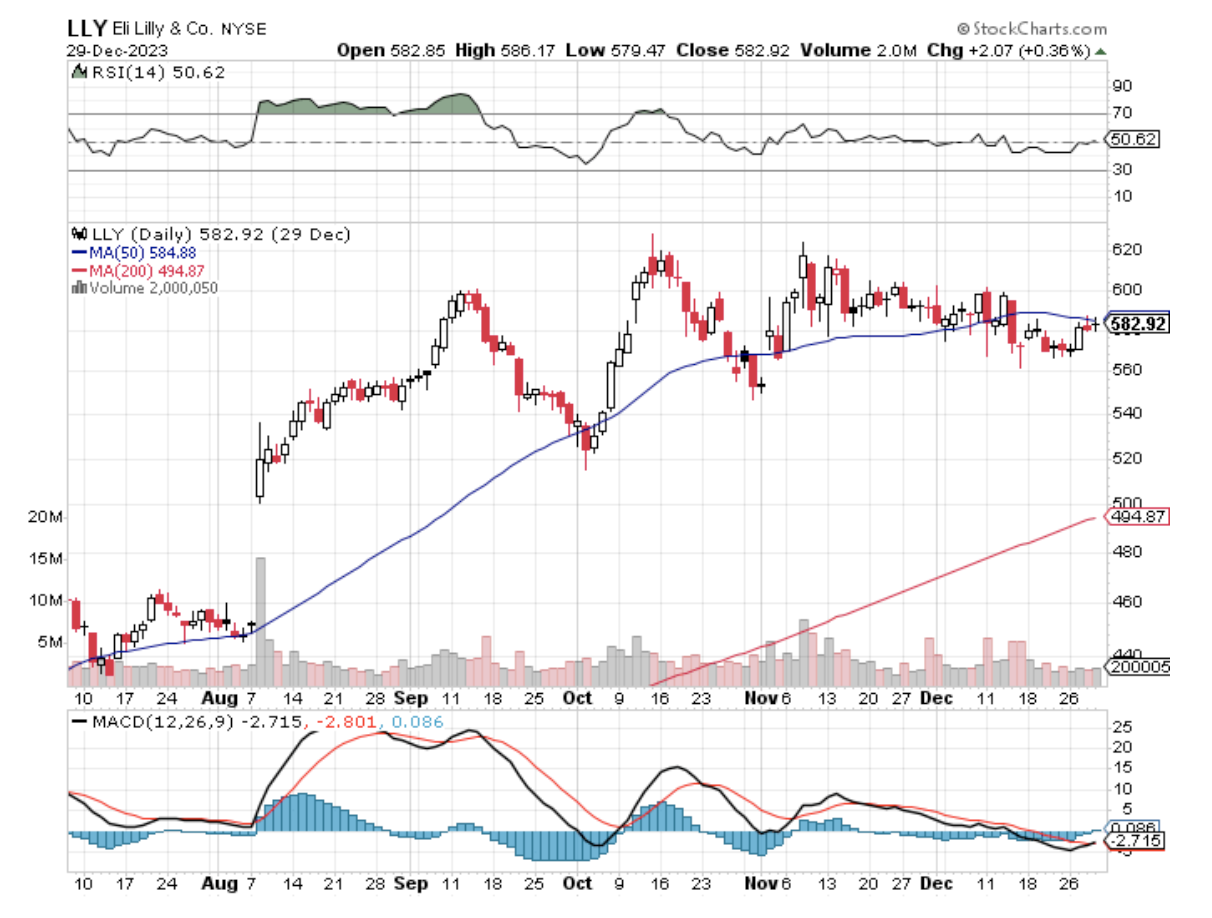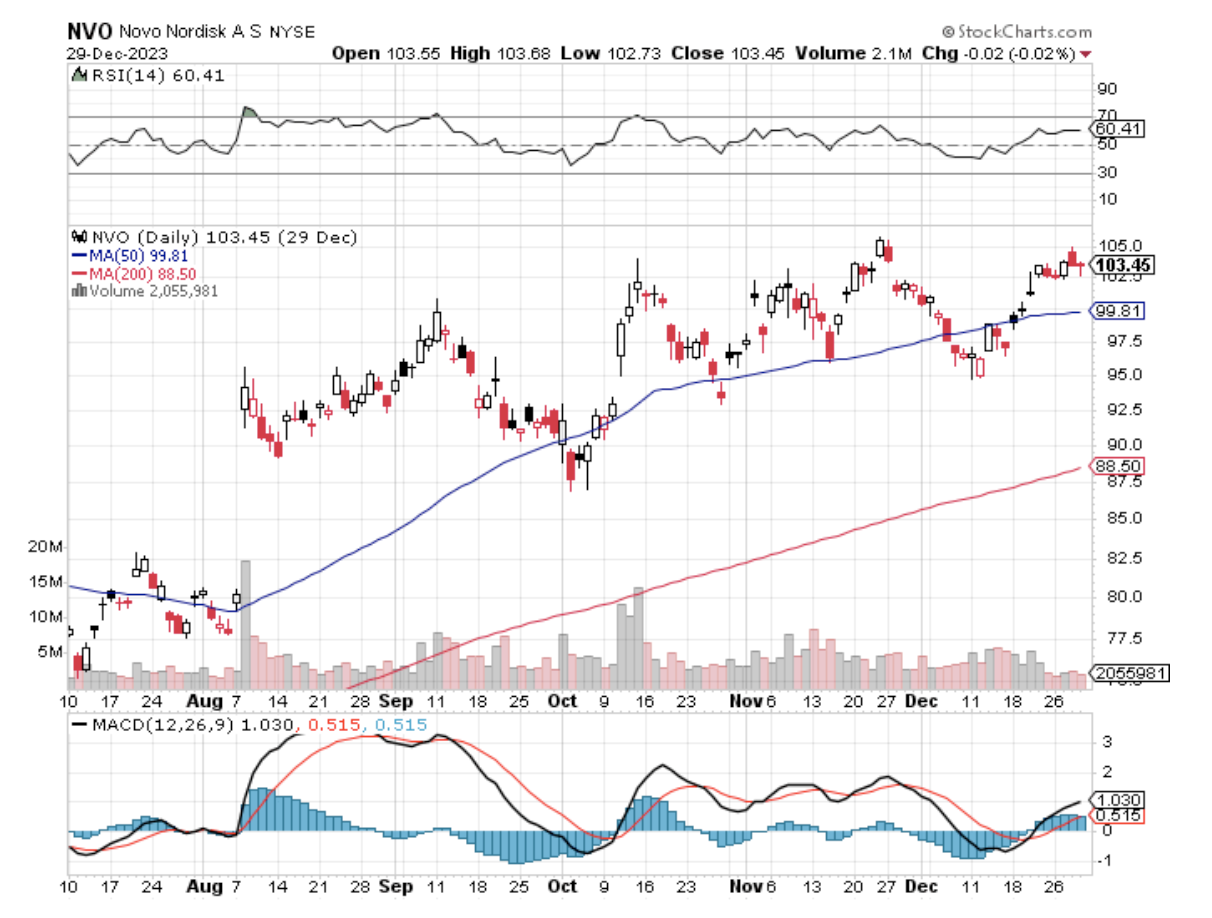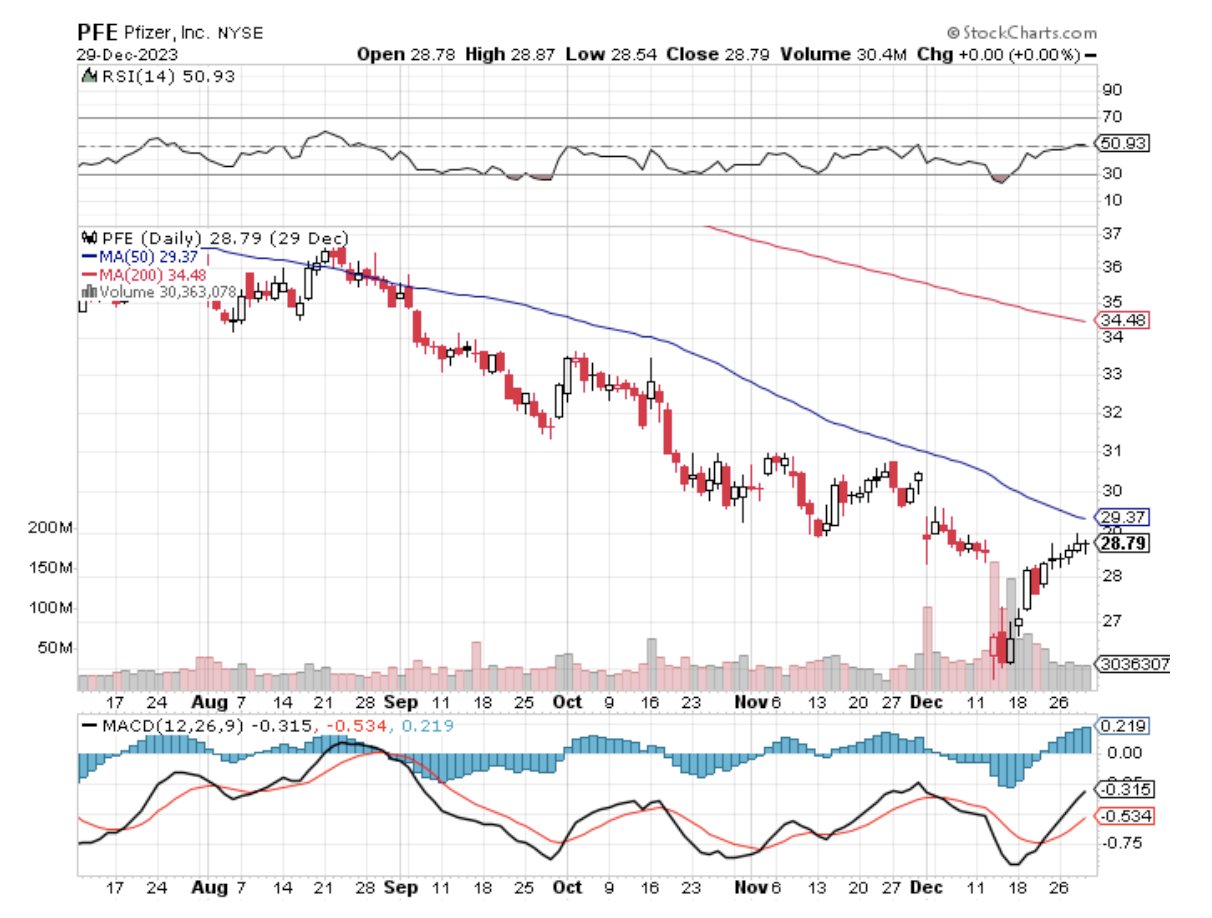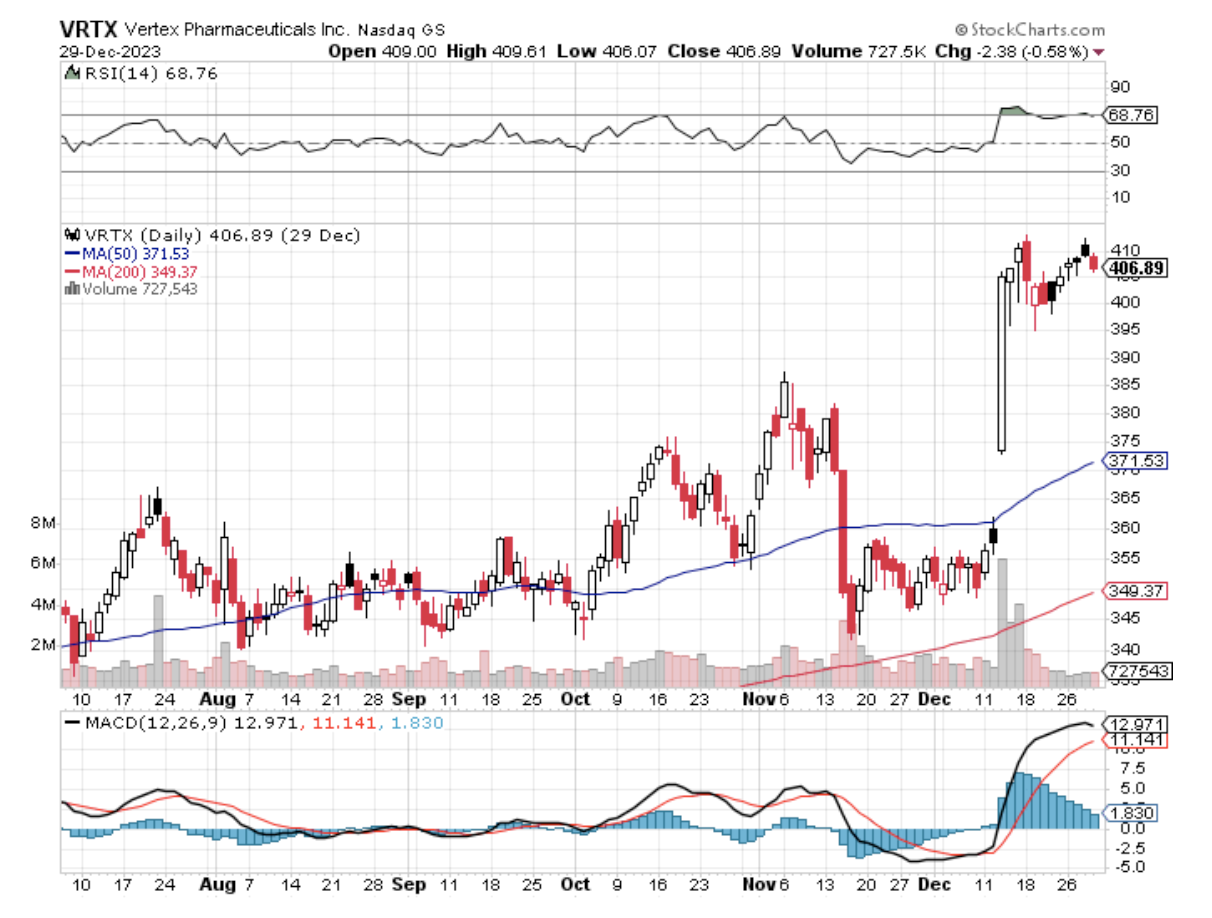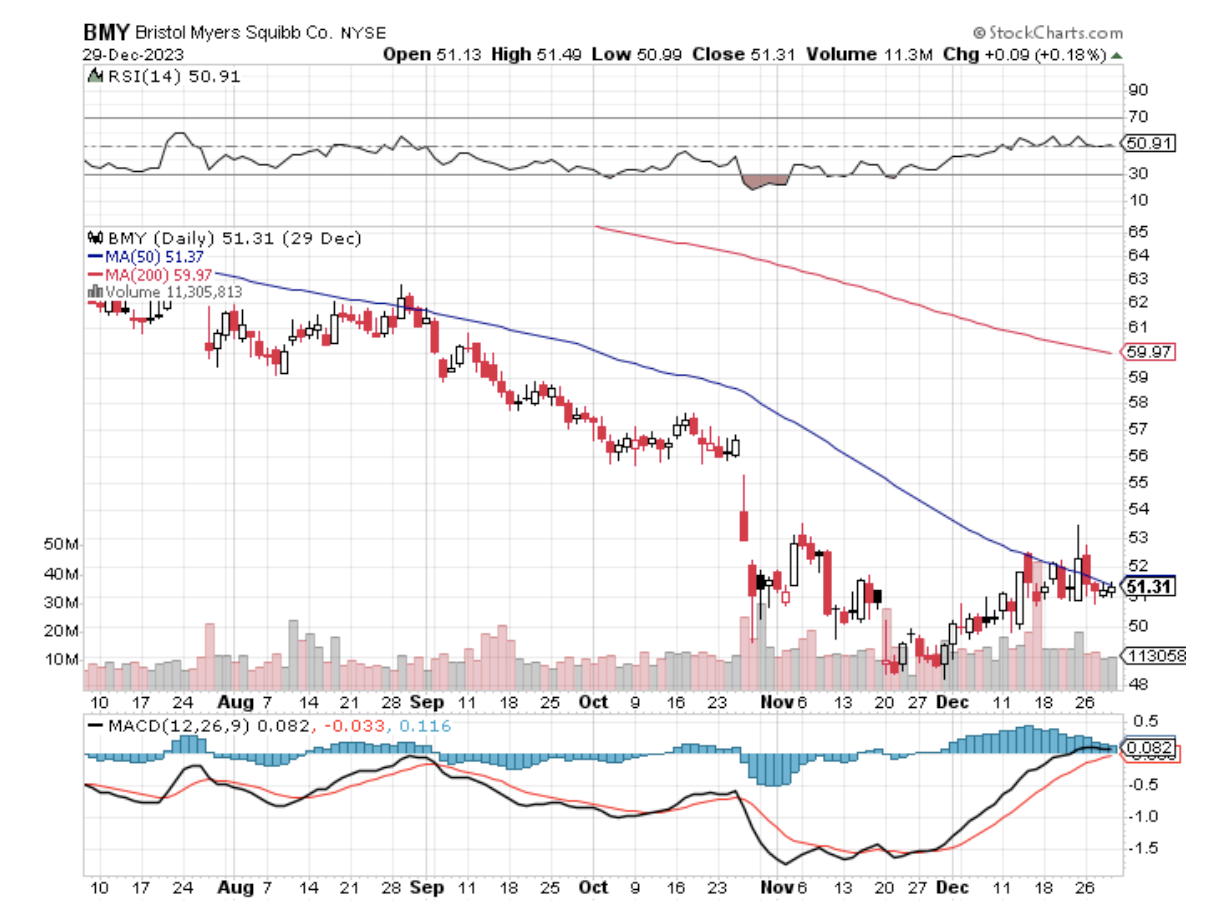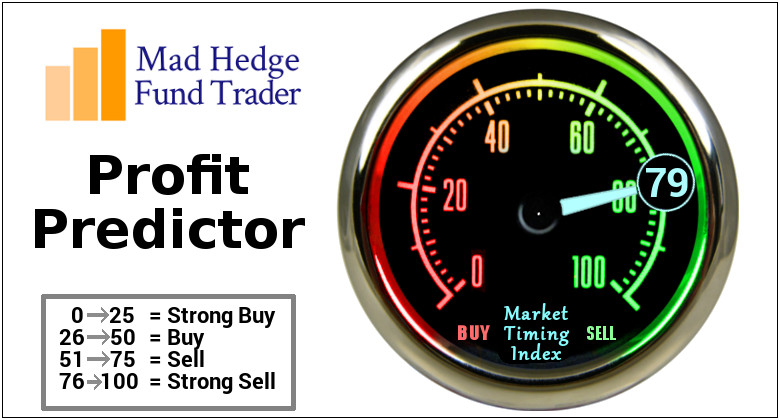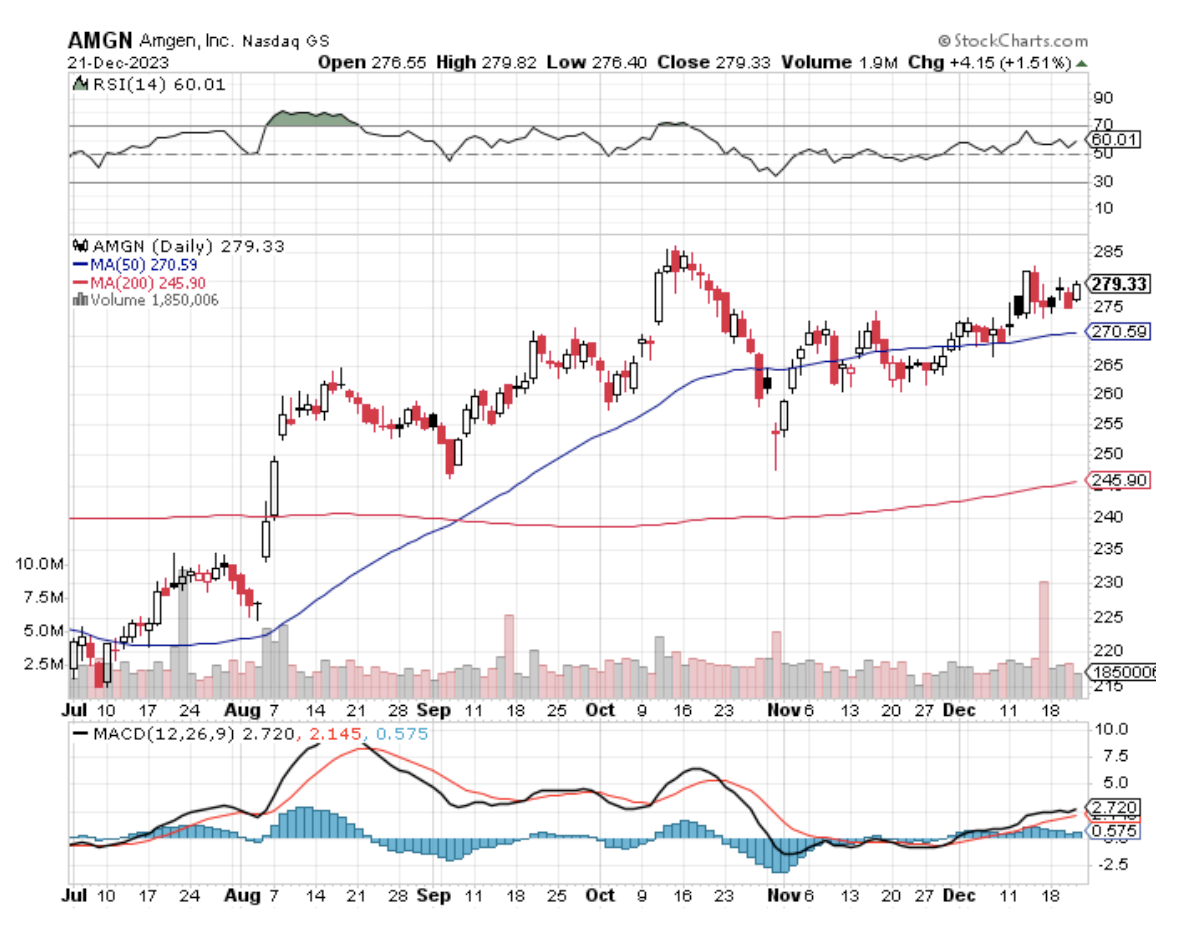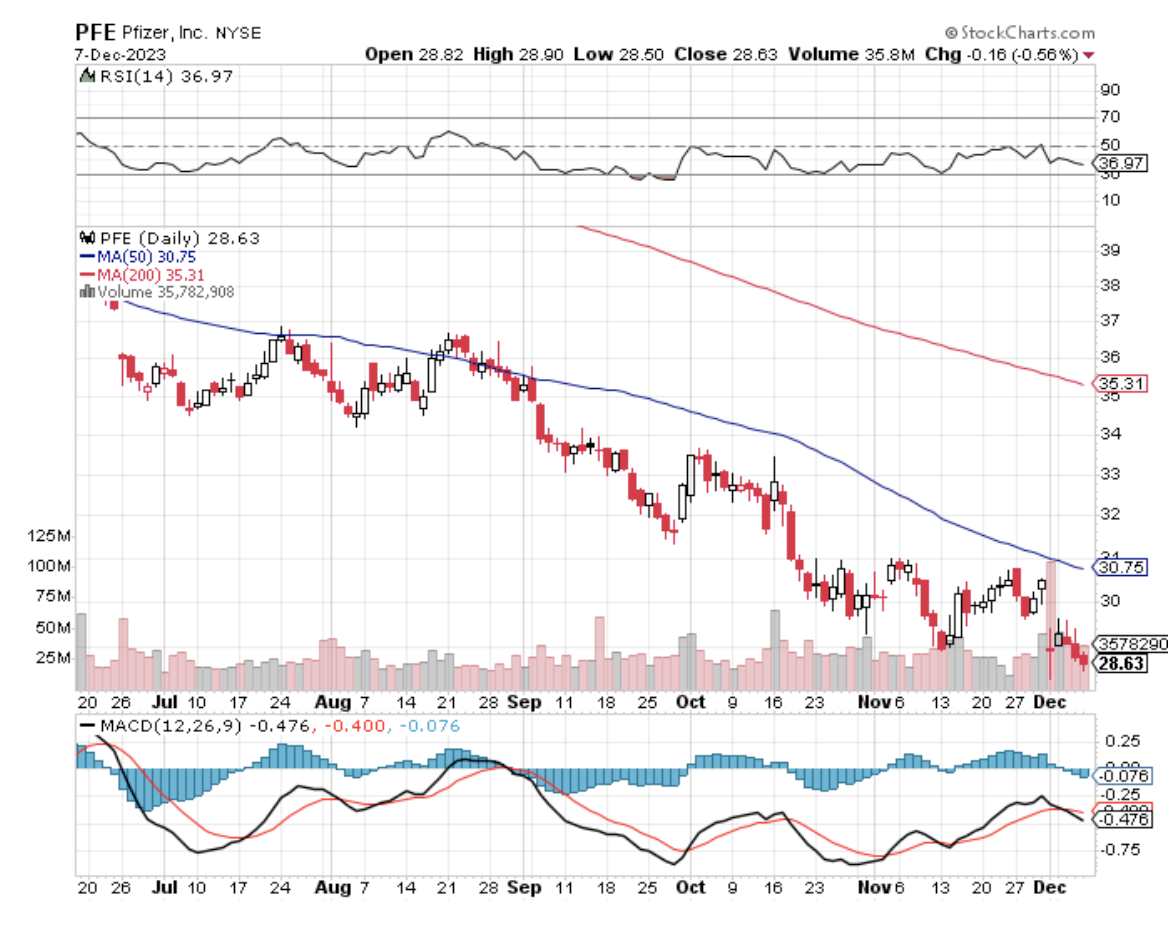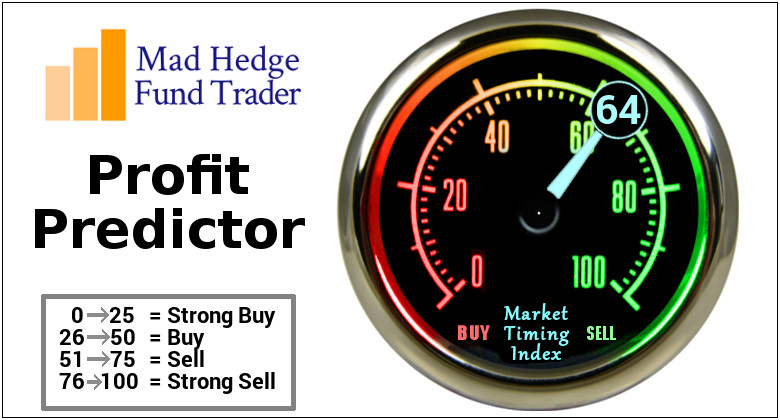Let's look into something that's been buzzing in the healthcare sector, and no, I'm not just talking about the latest diet fad. I’m talking about obesity treatments — specifically, those groundbreaking drugs that are reshaping the market and, quite literally, the patients using them.
Yes, I'm looking at you, GLP-1 agonists. These bad boys have been making waves for their significant role in weight loss, but let's face it, there's always room for a bit of an upgrade, right?
Despite all the cheers and positive vibes around GLP-1 agonists, a little detail has been creeping up that's somewhat less than ideal — muscle loss.
It turns out, up to a whopping 40% of the weight shed isn't just fat saying goodbye, but muscle bidding adieu as well. Not exactly the parting gift patients were hoping for, and frankly, it's stirring up some concerns that could ripple through public health in the not-so-distant future.
This is where Regeneron (REGN) comes in.
This biotechnology company isn’t new to the scene, but it’s taking a fresh angle on the whole ordeal. Their game plan? A dynamic duo approach, combining trevogrumab or garetosmab with the well-known semaglutide (hello, Wegovy), aiming to refine the weight loss journey for those embarking on it.
Regeneron’s goal is clear: let's keep the muscle, lose the fat, and change the narrative on obesity treatments.
Now, for a little context, the obesity treatment arena has been somewhat monopolized by Novo Nordisk (NVO) and Eli Lilly (LLY), with their respective champions, Wegovy and Zepbound, leading the charge.
But here's where Regeneron is looking to carve out its niche, not just in improving the now but in eyeing the future post-treatment landscape. The million-dollar question they're tackling: once the weight's off, how do you keep it from coming back without those weekly jab appointments?
To know the answer to that question, I suggest you mark your calendars for May 2024 because that's when the magic starts. It will commence Phase 2 of the study aiming to test Regeneron’s combo and hopefully offer better results to the weight loss game.
Ultimately, the company aims to preserve, or even boost, muscle mass. Imagine that, weight loss without the unwanted goodbye to your gains.
While it's worth noting that while Regeneron is making waves with its innovative approach, they're not alone in the quest for muscle preservation. Other players are also in the mix, each with their own strategies to combat the side effects of GLP-1 agonists.
Roche (RHHBY), for instance, has set its sights on combining their anti-myostatin antibody with incretin treatments, expanding the battlefield into new territories.
However, Regeneron’s plans don’t end in the weight loss world.
Earlier this month, Regeneron threw another curveball with the acquisition of 2seventy bio's cell therapy pipeline. This move isn't just about expanding their arsenal; it's about integrating and innovating in ways that could redefine cancer treatment as we know it.
By blending Regeneron's antibody expertise with 2seventy's cell therapy prowess, they're transforming into a potential oncology powerhouse.
Now, let's look at the numbers. Regeneron's market cap is flirting with the $100 billion mark, proof of their performance and potential. With revenues dancing around the $13 billion mark for 2023 and a price-to-sales ratio that's eye-catching, to say the least.
Yet, with every high, there's a looming challenge. The patent cliff for Eylea, their golden goose, is on the horizon, threatening to shake up the status quo.
But if there's one thing Regeneron has shown us, it's their knack for innovation. Given everything the company has embarked on over the past months, it’s safe to say that they’ve got this issue covered.
Does that mean it’s time to yell "screaming buy" from the rooftops? I usually keep such big words under lock and key, but Regeneron? They're onto something. They're not just surviving; they're plotting a course to new horizons without putting all their eggs in one basket. That strategy? It's more than just good—it's golden.
So while the cautious among us might wait for the market to blink first, there's something to be said for getting ahead of the curve. After all, in the world of pharma, timing is everything, and Regeneron seems to have its clock set just right.

